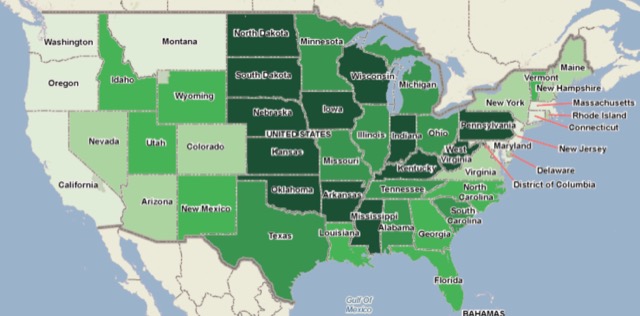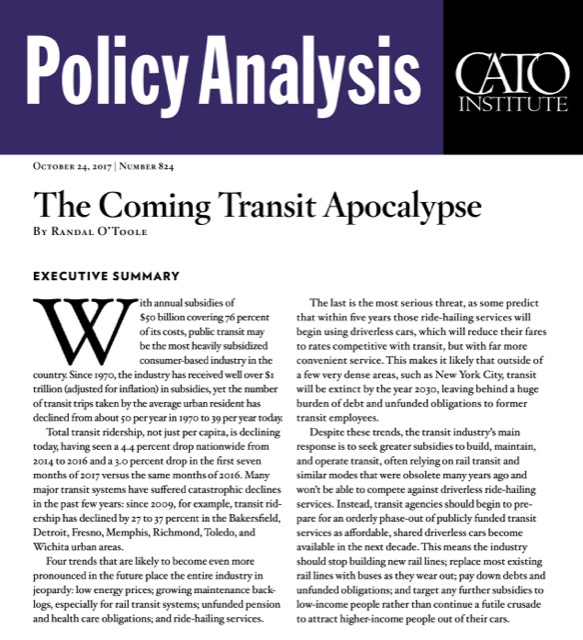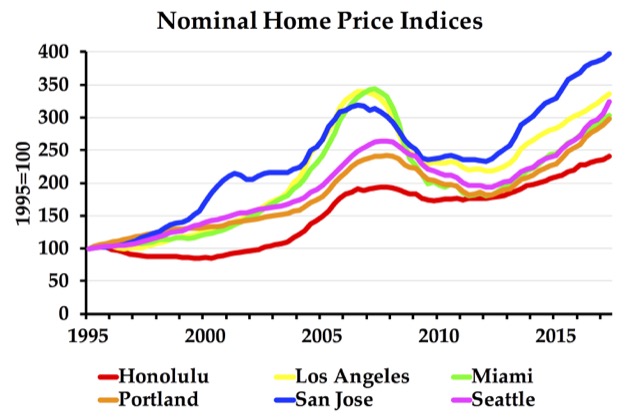Washington DC’s Union Station used to have restaurant services that made “Meet me for lunch [or dinner] at Union Station” a common local saying. On the main floor were several high-toned restaurants. Downstairs, in a former baggage facility, was a food court that featured many locally grown fast-food services, including Indian, Japanese, Italian, and many other ethnic foods, plus a very nice local bakery.
Today, almost all of them are gone, replaced by chains such as Taco Bell and Chipotle’s. Union Station’s finest restaurant has been turned into a Shake Shack. A large part of the downstairs food court has been turned into a Walgreens.
Apparently, back in 2007 the station’s retail leases were taken over by a company called Ashkenazy Acquisitions. Ashhenazy must have decided that chain restaurants paid more than locals. The company ordered the local restaurants, which were regularly paying $16,000 to $20,000 a month to lease their spaces, to spend hundreds of thousands of dollars remodeling. Those that didn’t, which included most of them, were evicted. Continue reading










